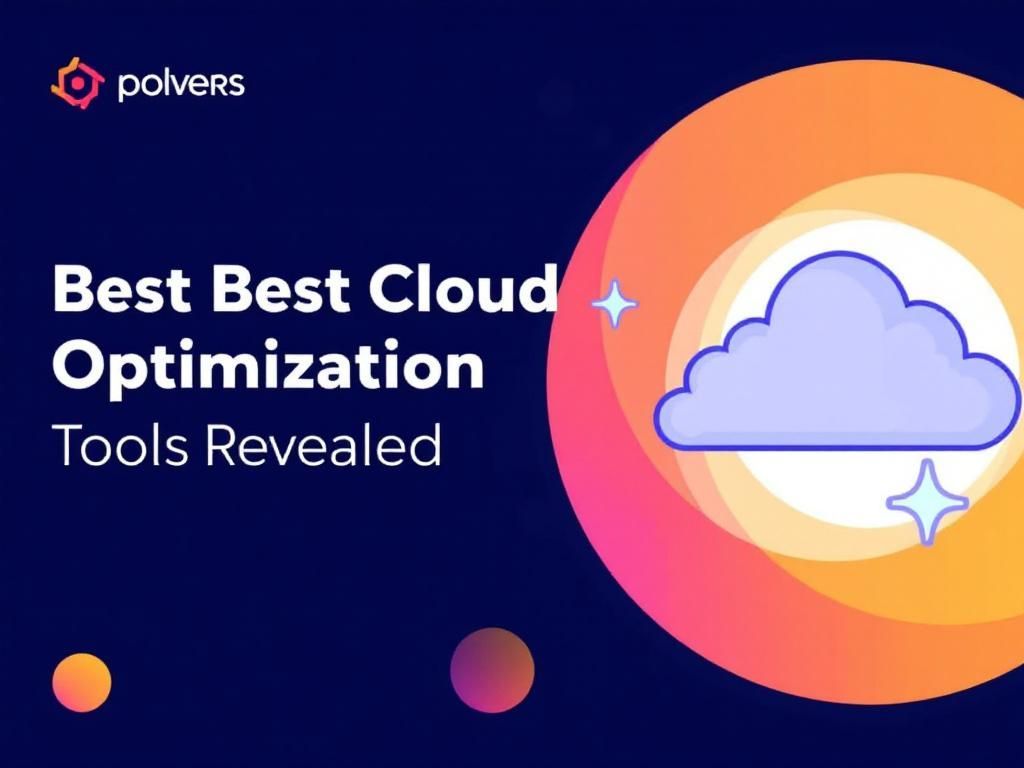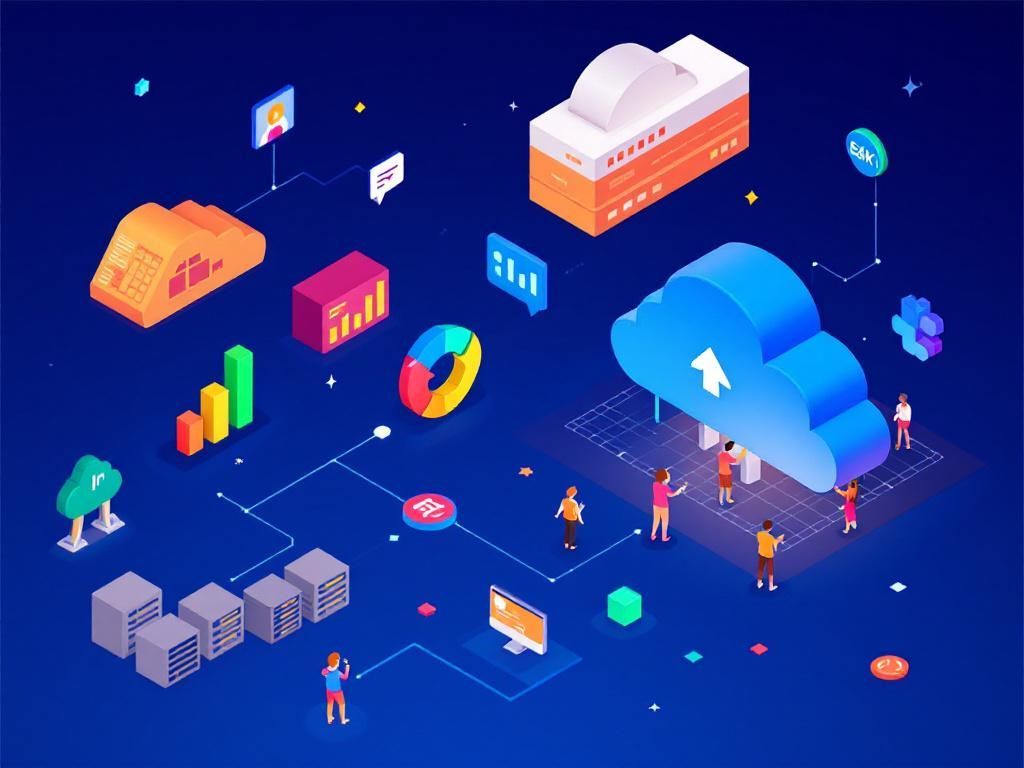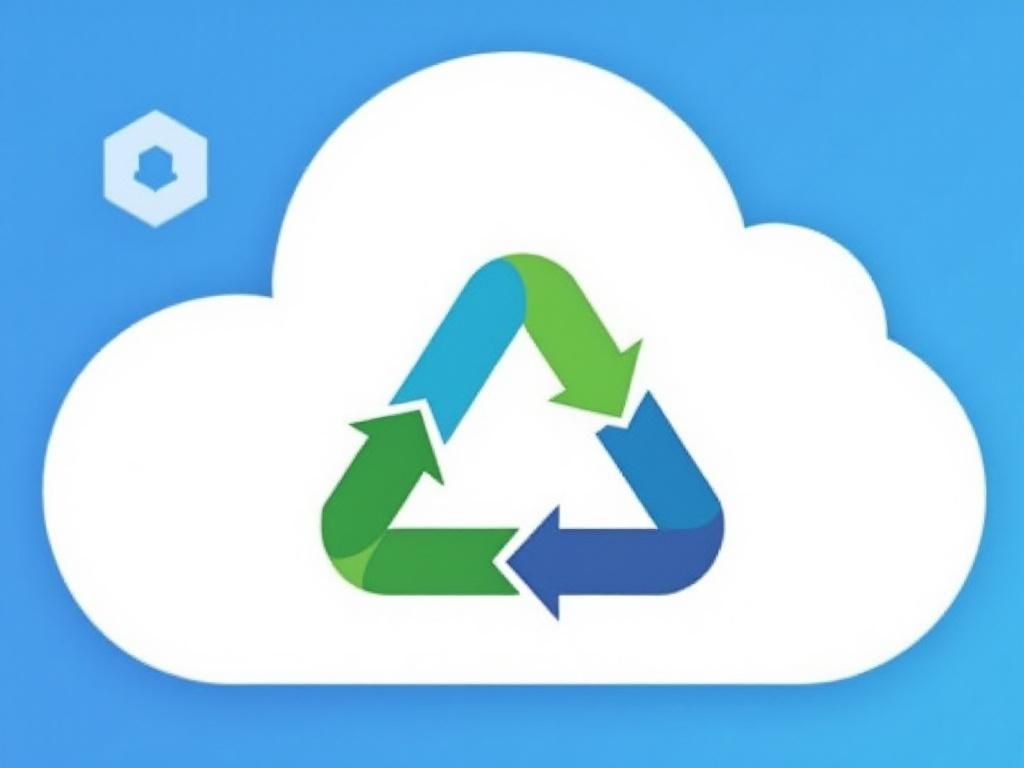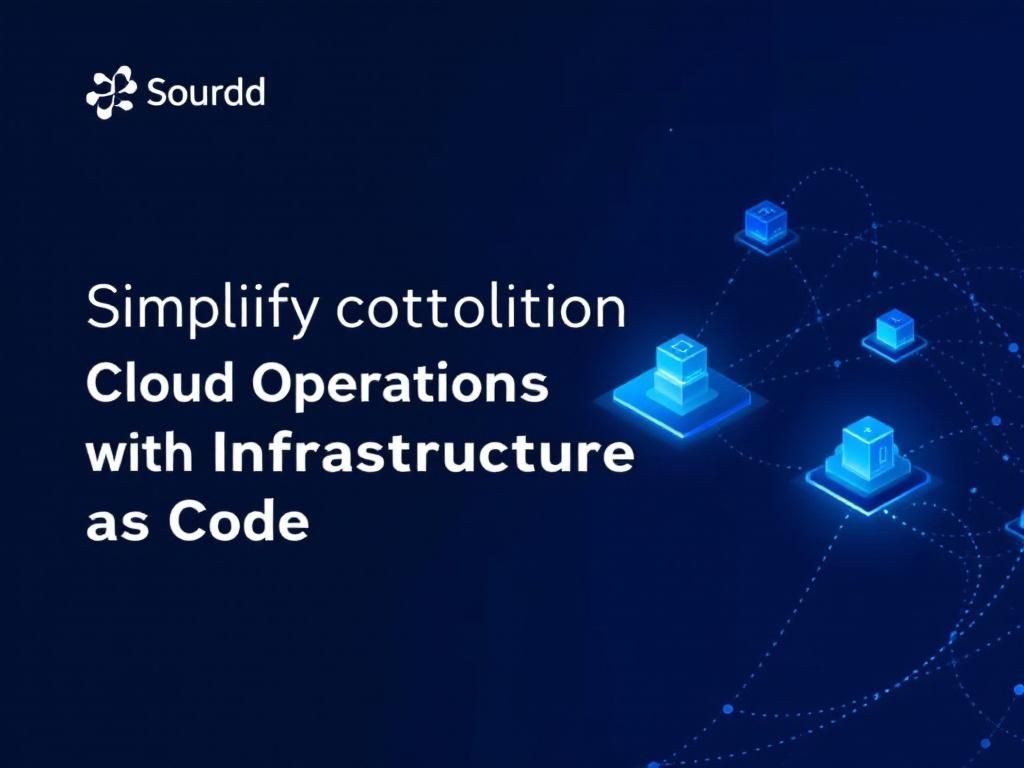Unlock Your Potential with Serverless Solutions
Discover how serverless solutions can unlock your potential, streamline operations, and reduce costs in this comprehensive guide.

In the rapidly evolving landscape of technology, the shift towards serverless architecture has become increasingly prominent. This innovative approach not only simplifies application development but also allows businesses to scale efficiently while reducing operational overhead. By moving away from traditional server management, organizations can unlock new potentials and focus on what truly matters: delivering value to their customers.
Table of Contents
Understanding Serverless Architecture
Serverless architecture is a cloud-computing execution model where the cloud provider dynamically manages the allocation of machine resources. This means that developers can build and run applications without having to manage servers. Here are some fundamental aspects of serverless architecture:
- Event-Driven: Serverless functions are executed in response to events, such as HTTP requests, database changes, or file uploads.
- Pay-as-You-Go: Users are only billed for the compute time that their code runs, which can lead to significant cost savings.
- Automatic Scaling: The cloud provider automatically scales the infrastructure up or down based on demand.
- Microservices-Friendly: Serverless promotes a microservices architecture, allowing developers to build and deploy applications in smaller, independent units.
Benefits of Serverless Solutions
Adopting serverless solutions can provide several benefits, including:
1. Cost Efficiency
With serverless computing, organizations can minimize costs associated with idle server time. Instead of maintaining servers that may go unused, companies pay for actual usage.
2. Faster Time-to-Market
Serverless architectures enable developers to focus on writing code rather than managing infrastructure, which can significantly speed up the development process.
3. Enhanced Scalability
Serverless functions can scale automatically in response to user demand. This ensures that applications remain responsive even during traffic spikes.
4. Simplified Operations
By abstracting infrastructure management, serverless solutions allow teams to concentrate on application logic, resulting in a more streamlined workflow.
Popular Serverless Platforms
Several cloud providers offer serverless computing services, each with its unique features. Some of the most notable platforms include:
| Provider | Service | Key Features |
|---|---|---|
| AWS | AWS Lambda | Support for multiple languages, integration with other AWS services, event-driven execution. |
| Google Cloud | Google Cloud Functions | Automatic scaling, lightweight deployment, seamless integration with Google services. |
| Microsoft Azure | Azure Functions | Built-in integrations, extensive triggers, and bindings, support for various programming languages. |
Use Cases for Serverless Solutions
Serverless architecture is particularly well-suited for various application types:
1. Web Applications
Frontend frameworks can leverage serverless backends for handling server-side logic, APIs, and user authentication.
2. Data Processing
Serverless solutions excel in processing large volumes of data, such as real-time analytics and batch processing tasks.
3. IoT Backends
With the growing number of IoT devices, serverless architectures can efficiently manage the event-driven nature of IoT data.
4. Mobile Applications
Mobile backends can benefit from serverless compute to handle dynamic content, user management, and notifications.
Challenges of Implementing Serverless Solutions
Despite the many advantages, there are challenges organizations may face when transitioning to serverless architectures:
- Cold Starts: Functions may experience latency during initial executions due to the need to initialize the runtime environment.
- Vendor Lock-In: Relying on a specific cloud provider’s serverless services can make migrations to other platforms challenging.
- Testing and Debugging: The event-driven nature of serverless functions can complicate testing and debugging processes.
Best Practices for Serverless Development
To maximize the benefits of serverless architecture, consider these best practices:
1. Optimize Function Size
Keep functions small and focused on one task to improve maintainability and reduce execution time.
2. Use Environment Variables
Store configuration settings and sensitive data in environment variables to enhance security and flexibility.
3. Monitor Performance
Implement monitoring tools to track function performance, execution times, and error rates to ensure optimal operation.
4. Embrace Automation
Utilize CI/CD pipelines to automate deployment processes and ensure consistency across environments.
The Future of Serverless Computing
As organizations increasingly adopt cloud-native technologies, the future of serverless computing looks promising. Innovations in serverless frameworks, improved tooling, and enhanced integrations are set to drive further adoption. Additionally, the emergence of hybrid models, where serverless works alongside traditional architecture, offers flexibility and resilience.
In conclusion, serverless solutions present a compelling option for developers and organizations looking to streamline operations, enhance scalability, and reduce costs. By understanding the benefits, challenges, and best practices of serverless architecture, teams can effectively leverage this technology to unlock their full potential.
FAQ
What are serverless solutions?
Serverless solutions allow developers to build and run applications without managing server infrastructure, enabling them to focus on writing code.
How do serverless solutions work?
Serverless solutions work by using cloud providers to automatically manage the server resources, scaling them up or down based on the application’s demand.
What are the benefits of using serverless architecture?
The benefits of serverless architecture include reduced operational costs, automatic scaling, and increased developer productivity due to less infrastructure management.
Can serverless solutions integrate with existing applications?
Yes, serverless solutions can easily integrate with existing applications through APIs and various cloud services to enhance functionality.
Is serverless computing suitable for all types of applications?
While serverless computing is highly effective for many applications, it may not be suitable for applications with consistent, high workloads or specific latency requirements.
What are some popular serverless platforms?
Some popular serverless platforms include AWS Lambda, Google Cloud Functions, and Azure Functions, each offering unique features and capabilities.








